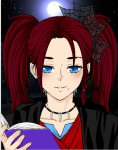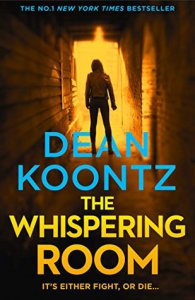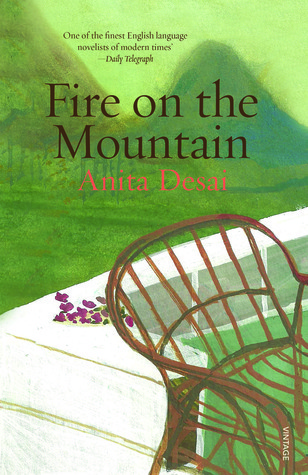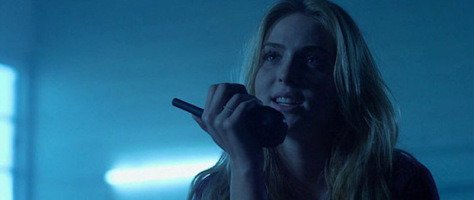Last week I looked at visuals creating atmosphere in horror in the run up to Halloween and that was actually kind of fun. I don’t really get into the visuals of shows all that often because I’m more focused on the plot and characters so it was nice to look at a different aspect for a change. This week however I’ve shifted my attention back to characters and because I’m looking at horror, I’ve decided it is time to give a shout out to all the designated victims in horror stories.
By the way, there will be some images below that may be seen as disturbing to people who are not fans of horror. If this isn’t for you, thanks for visiting and please check out one of my other posts.
These aren’t the characters we come to love and then get a dignified or shocking death, usually followed by a period of mourning by the other characters. These are the mob characters, the background figures, who pretty much get cut down and forgotten. A lot of the time we don’t think about these characters (mostly because it would be kind of hard to argue that they are characters). They appear, sometimes to block the protagonists path, or to fill a room or scene, or just to make the scale of a tragedy worse, and then they die. Usually we don’t know their names or their ages. Sometimes we’re lucky enough to know their job (soldier, police officer, whoever). But we know nothing really about them, they appear for moments at most on the screen, usually in a group shot, and then they die.
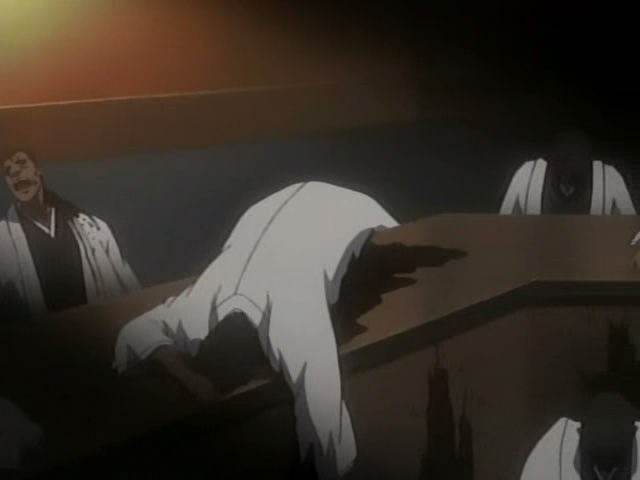 Worse, in the case of Central 46 in Bleach, we never see them at all until they are discovered dead. Are we supposed to feel bad for these guys?
Worse, in the case of Central 46 in Bleach, we never see them at all until they are discovered dead. Are we supposed to feel bad for these guys?
The point of horror is to engage the audience emotionally and to force them to react to what they are seeing. And yet, these victims come and go from the screen and while most of us will pay attention to the scene (usually because mass deaths are pretty flashy) we don’t particularly feel anything for those victims in the moment. There are exceptions and I’ll look at those further along but for the most part we’ll watch a massacre of unnamed characters without feeling anything for the victim at all. So why include this?
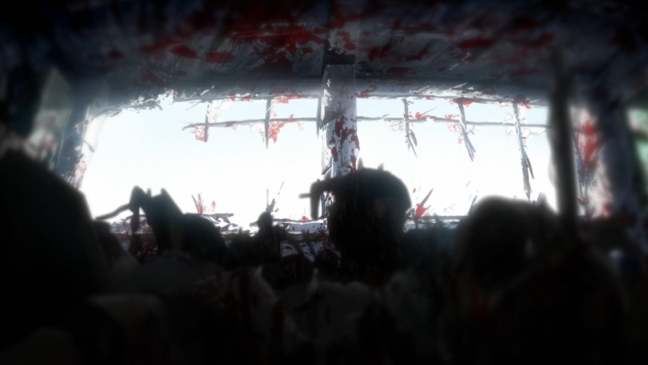
Partly it is the idea of increasing the scale increases the stakes which isn’t actually true. I looked at that when I looked at the notion of saving the world as a story goal and how sometimes a story of such a grand scale leaves the audience out and unable to relate. So a high body count doesn’t necessarily make for better horror. In fact some would argue it can hurt the experience because suspense is what a lot of horror fans are really looking for and when you are hurling bodies around in every other scene the suspense is kind of gone.
The other issue with a high body count is that it makes the protagonists job of stopping whatever is doing that mass killing significantly harder. Finding a plausible way for something that has wracked up that many deaths to be stopped is pretty difficult and the majority of horror movies and anime have a young and inexperienced protagonist at the centre. It isn’t often you get a horror that stars a tough and experienced soldier who is fully equipped and ready to go.
However, it isn’t all bad news. A high body count and the merciless cutting down of innocent (or at least generic) humans does have a few positives in some stories:
01. If it is the opening act it immediately sets a tone for the story and it means that even if there is then little blood or gore until the final act, the audience knows it is coming and will for the most part wait through the middle of the story for it. Of course, if the show or movie doesn’t then deliver something superior to that opening act be prepared for screams (and not of horror).
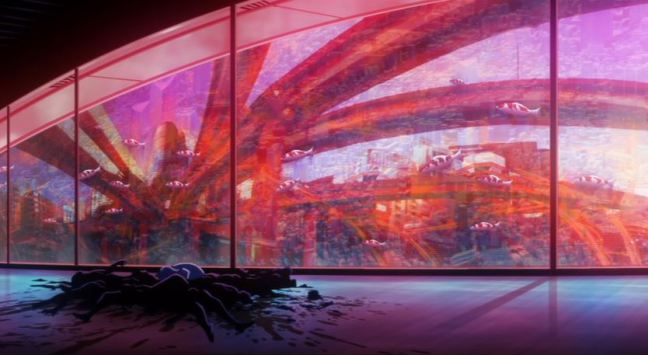
Tokyo Ghoul did this quite well with the introduction of Rize. We have no idea who any of those victims are. With one exception, we never saw them in any state other than corpse being fed on. Yet as an opening image it sets a clear tone for the show we are about to see. What is interesting, is that for all the sensationalized gore (vomit and other grossness) Tokyo Ghoul throws at its audience, after the opening episodes, it tones it does to about half-volume until the final act of its first season where it hastily pulls out everything it has on a stomach churning torture sequence that runs uncomfortably long.
02. If they choose the victims right, even if we know nothing about them as individuals, you can still hit an emotional mark. Elfen Lied did this beautifully with the massacre in the school. The handful of students we did know were complete jerks. They didn’t deserve to get sliced and diced, but they weren’t exactly going to win any awards for being a good friend or classmate. The rest of the class were more or less unknown other than being in the class.
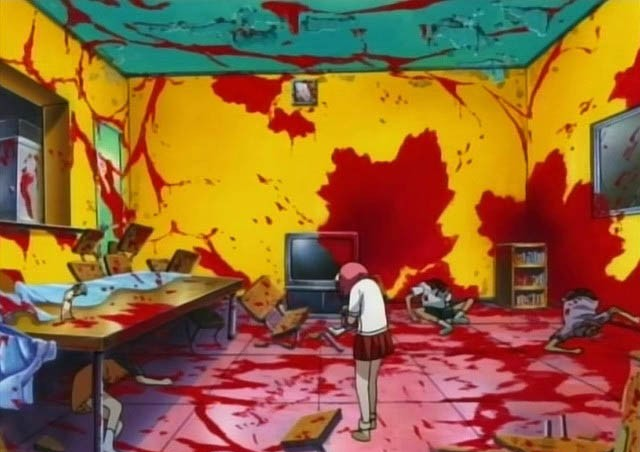
This is starkly contrasted with the massacre in the opening of Elfen Lied where Lucy is escaping the facility. There she cuts down seemingly endless men working security and you feel almost nothing for them. You don’t know what they’ve done or who she is, but the scene is pretty cold and emotionless. Even later on, once you find out more about the facility, you almost start to sympathise with Lucy.
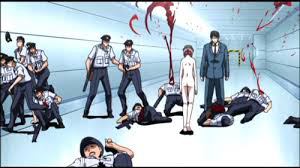
The school massacre on the other hand, just starts you thinking about how monstrous Lucy is. It may not be her fault given how she was treated, but the end result is that her actions are pretty monstrous.
I kind of feel bad for the characters that are created only to be killed. I don’t know their names and I don’t know what they were trying to achieve, but I’m pretty sure being victim no. 13 probably wasn’t their life goal. Being killed for the entertainment of horror fans probably didn’t cross their minds either.
But see, we aren’t really supposed to think of them that way. These are not actually characters, they are plot devices. They are designed to up the stakes and increase the scale of the horror, or if the plot has gotten a bit dull, they are thrown in to spice the story back up. Their role is merely to show us how bad a danger is, to give the protagonist something to avenge, to set a tone for the show… it isn’t to actually make the audience feel bad for them. That role is saved for characters who get a name and usually a bit of a back story right before they die.
As a viewer it is easy to get swept along and not think about all of those who fell along the way, so this October, spare a thought for all the cannon fodder characters that have been created on the path to good horror stories.
Thanks for reading.
If you enjoyed this post and like the blog, consider becoming a patron to support further growth and future content.

Thanks,
Karandi James.
